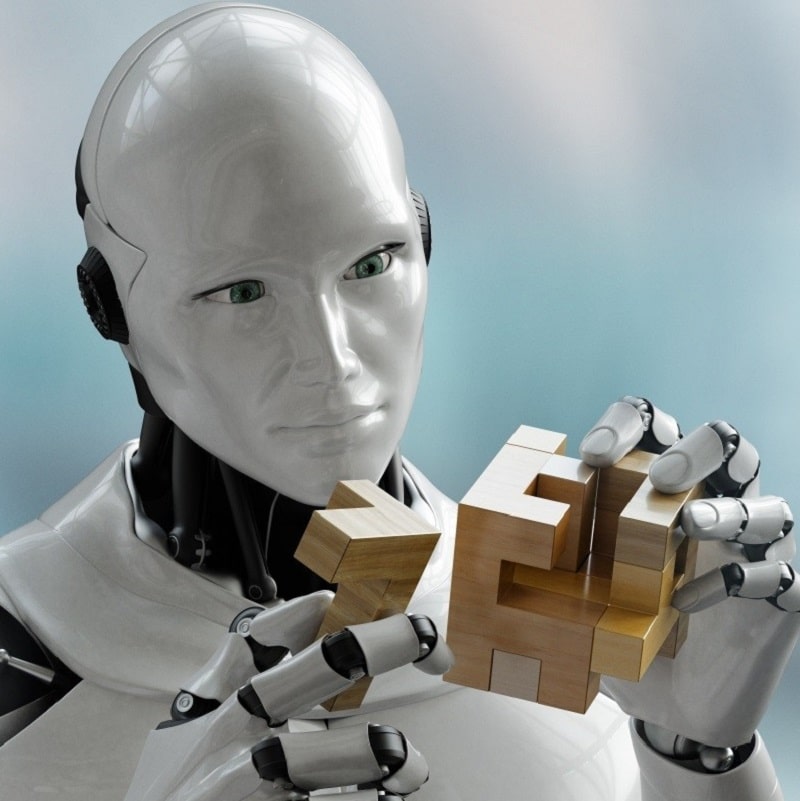Robotics – the technology of the future

It is hard to imagine the future of humanity without robots. Many technologies will already make life much easier by taking over some of the work involved. There is more to come. Scientists believe that in the future, humans will have mechanical assistants that can run errands and react to the world around them. Below is a closer look at how robotics has contributed.
Technology development
The world leaders in robotic products are Japan and Germany. They produce the largest number of robotics products worldwide. The term “robotics” was first coined by Isaac Asimov, a science fiction writer, in 1942.
The robotics industry is no more than 40 years old. Its history dates back to the 1980s. At the time, commercial robot production was launched in Japan. The main one was the rapid development of technology. Robotics comes in several varieties:
- Construction;
- Industrial;
- Household;
- Aviation;
- Extreme.
But it must not be forgotten that, more often than not, any development begins with amateur or laboratory research.
The first robot was an industrial automation system. It helped to replace some specialists on the assembly line. For example, about 50 per cent of robots are involved in assembling cars. You could say that the robot assembles the robot.

What impact has robotics had
The main impact that robotics has had is the replacement of specialists in areas where creativity is not needed: the work is routine and monotonous. This can already be seen in industrial manufacturing. In some of them, robots do 50% of all work. What is also worth considering is that they perform much better and make fewer mistakes than humans. This greatly increases the efficiency of labour and the profitability of production.
The next areas in which robots are being introduced are the service sector and medicine. In the latter, robots are already showing quite good results, assisting surgeons during operations. The plan is to replace the service staff in the near future. The vision for the next 30 years is to create fully autonomous medical facilities. In these facilities, all work, from the emergency room to examining patients, will be done by robots with artificial intelligence.
